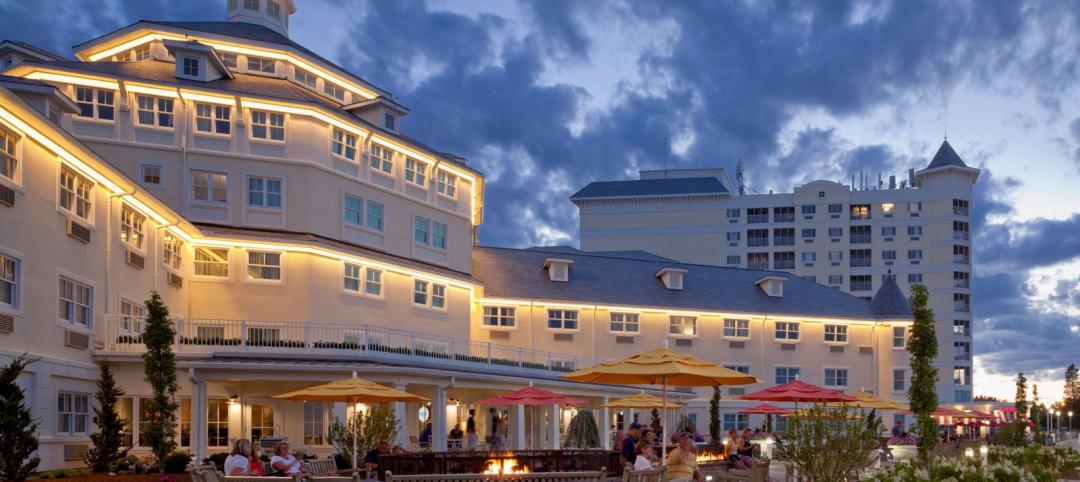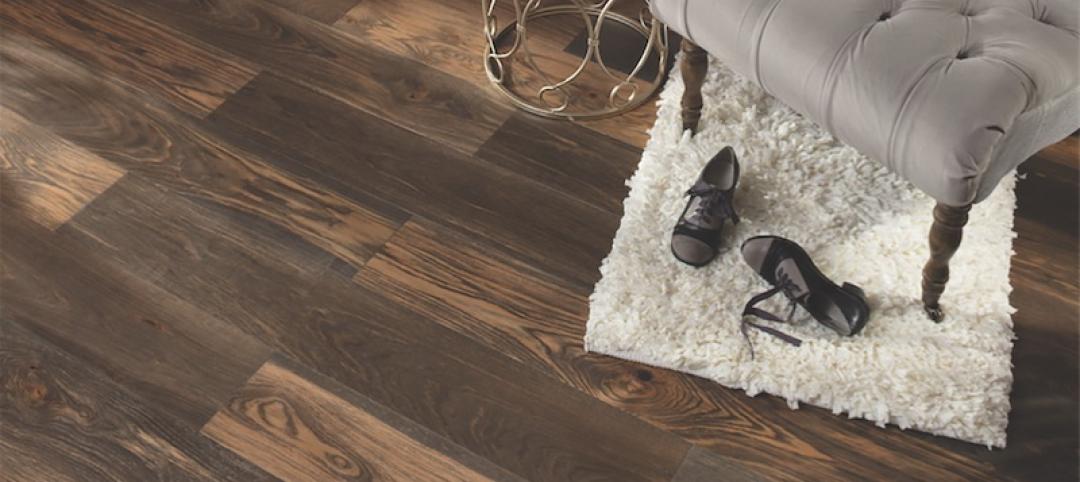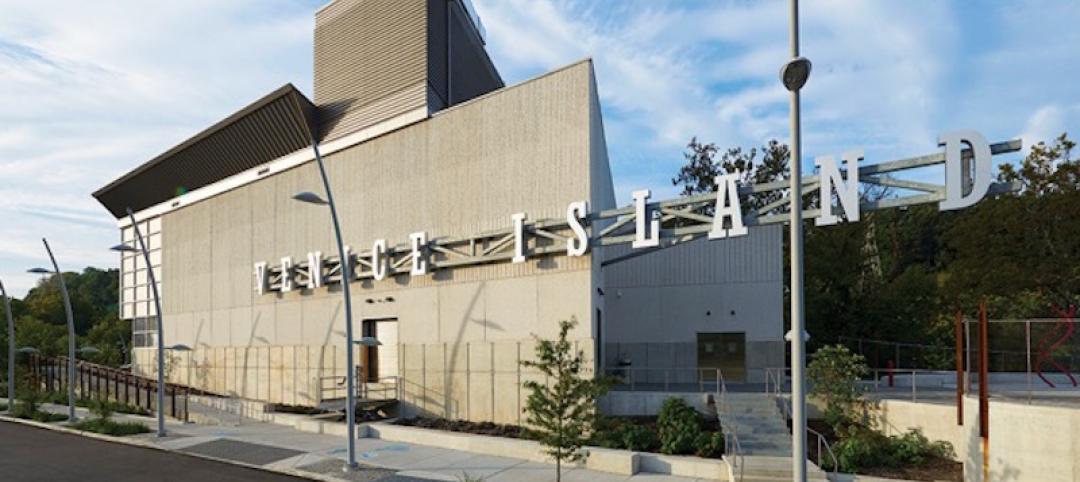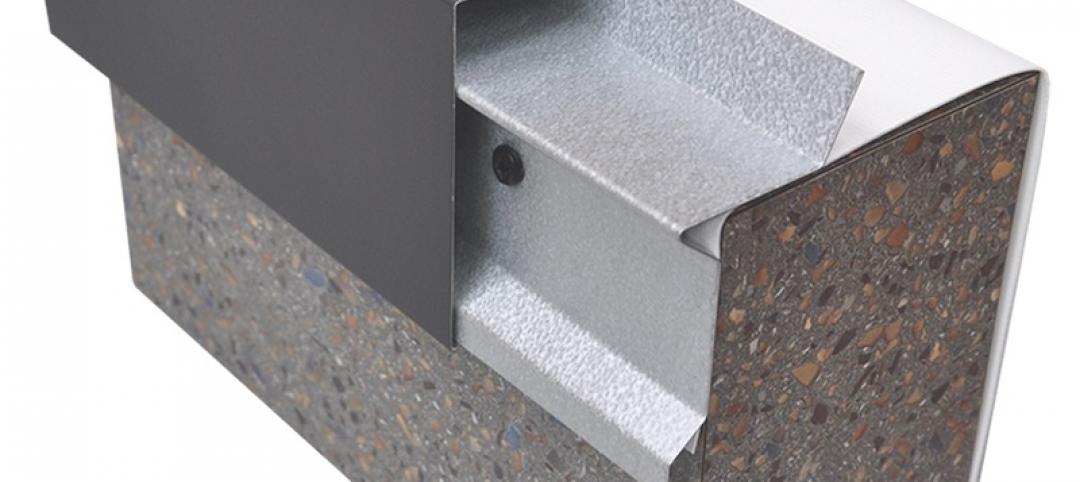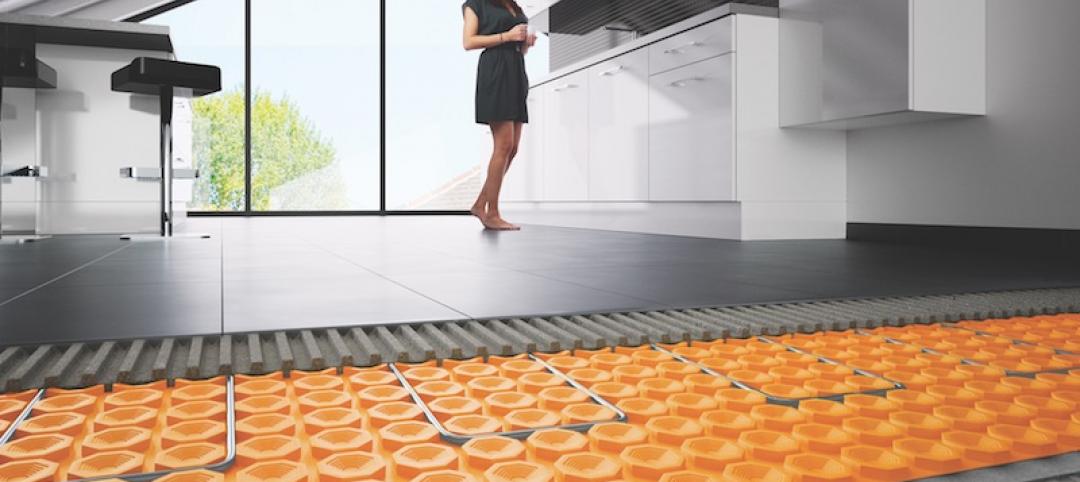 |
Healthcare construction spending grew at a compound rate of more than 10% for seven years through mid-2008, but has stalled since then. The stall, however, still represents better growth than almost any other construction market during the recession, which deepened as a result of the fall 2008 credit freeze.
During the stall, hospital construction spending increased 9% from the period before the credit freeze, while spending for nursing homes and other residential care facilities dropped 20% and spending for specialized medical office buildings fell 17%. Hospital construction spending is projected to remain steady through 2010, rising only as a result of higher project costs.
Hospital managers are enjoying a steadily rising revenue stream from patient care, but offsetting that are concerns about possible cuts in fees from states for “free care” and cuts in Medicaid and Medicare. As a precaution, some projects have been trimmed back or deferred.
The recent slowing trend for medical offices and residential care buildings parallels trends in other developed financed sectors, although the slowdown began later and so far has been less severe. Some developers lost credit access because of weakened income and balance sheets. Others lost credit access because lenders are concerned about cash flow coming from new capacity in a depressed economy. Bank examiners have also been steering regional and local lenders away from nonresidential mortgages. As a result, those two small commercial healthcare sectors will continue to decline, along with other commercial properties, through the winter. Following that, they will decline further because spending for other commercial properties will have begun to expand and projects in the pipeline will have fallen substantially.
Look for healthcare construction spending to return to a 10% annual growth pace in 2011, reflective of the usual cyclical surge after a recession. The rebound for hospital construction spending results from delayed stimulus plan funding and the resumption of work that was put on hold while healthcare was debated in Washington. —Jim Haughey, BD+C economist
Related Stories
Products and Materials | Aug 17, 2017
Scuff-resistant paint is tailor-made for high-traffic commercial spaces
SCUFF-X provides the level of scuff-resistance of two-component coatings.
Products and Materials | Jul 24, 2017
Nu-Wood brackets give 110-year-old hotel another level of distinction
One of the goals during the hotel’s 2014 and 2015 refurbishment was to create a low maintenance exterior.
Products and Materials | Jul 21, 2017
Acrylic-infused wood flooring brings durability for commercial spaces
The product incorporates an acrylic-infused top layer.
Sponsored | Products and Materials | Jul 19, 2017
Building community with every structure
Fabcon precast helps take community projects further.
Roofing | Jul 17, 2017
EclipseEdge eases installation of raised roof edges, gravel stops, and full coping caps
The EclipseEdge edge metal profile uses a two-part design with a base and a top cover to eliminate steps often required in traditional installations.
Flooring | Jul 12, 2017
Membrane dials down the sound, while it cranks up the heat
A new membrane from Schluter Systems, Ditra Heat Duo, reduces sound transmission while also warming the floor and supporting the covering to ensure lasting installation.



